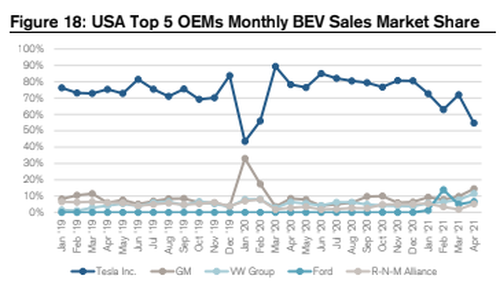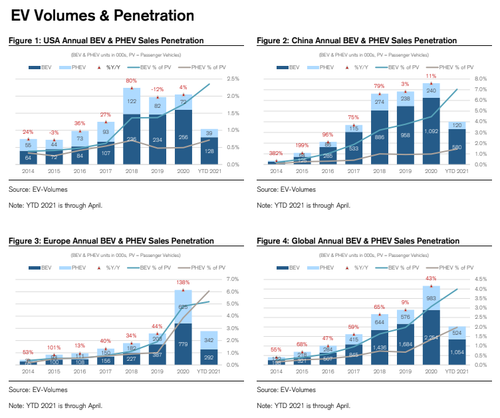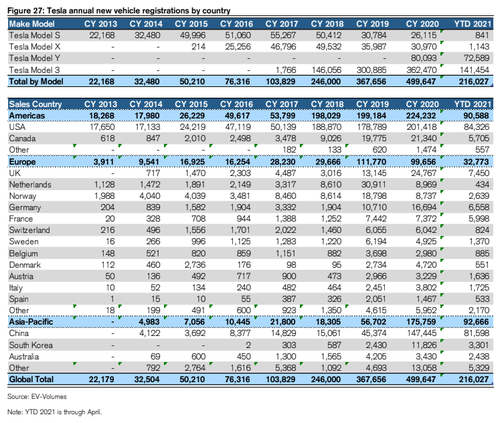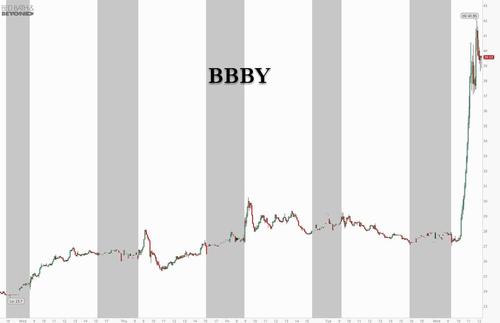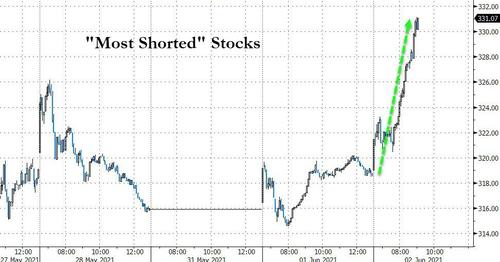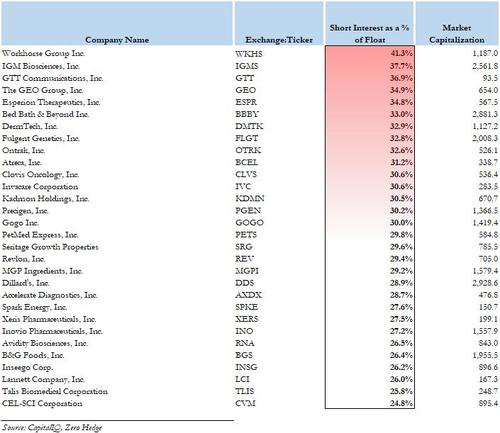“I’m Holding Myself Accountable”: California Teacher Cancels Herself As A White Person Teaching Spanish
We have seen in recent years that public attestations of being a racist have become more common among academics. Last year, we discussed the controversy over the acting Northwestern Law Dean declaring publicly to “I am James Speta and I am a racist.” He was followed by Emily Mullin, executive director of major gifts, who announced, “I am a racist and a gatekeeper of white supremacy. I will work to be better.” Recently, Brandeis’ Assistant Deans, Kate Slater, has triggered a similar controversy after declaring “all white people are racists.” Some have gone further. At CUNY, the Law Dean Mary Lou Bilek cancelled herself for once referring to herself as a “slaveholder” in a meeting jn arguing for greater protections for minority students. Now, an Oklahoma State PhD student and teacher Jessica Bridges has cancelled herself from teaching Spanish because she is white.
Bridges’ testimonial on Instagram was picked up by a couple conservative sites after she participated in a conference at Southern Connecticut State University’s “Virtual Women’s and Gender Studies Conference” in April. A “White Accountability & Anti-Racist Education” workshop had a session on “White Women’s Work: Lessons from Engaging in Antiracist Work.” Bridges used the occasion to read a statement of self-cancellation due to her race:
“Learning Spanish from a white woman … I wish I could go back and tell my students not to learn power or correctness from this white woman. I would tell them to stand in their own power. White isn’t right.”
I’m holding myself accountable to this journey. Part of my accountability is to continue to struggle and grapple with my internalized white supremacy. Dismantling white supremacy in society looks like dismantling in my heart, first. It means I’m not going to teach Spanish. Accountability is ongoing because there is not end to the process.”
Today, Oklahoma State University educator’s statements at a virtual conference of educators:
-“White people aren’t right”
-“Racism originates with and is perpetuated by white people”
-“Mourning her white morality”This is what Critical Race Theory looks like in the classroom. pic.twitter.com/hH4u2f5idR
— Mythinformed MKE (@MythinformedMKE) May 29, 2021
Under this theory, no white person should teach Spanish, a European language, to minority students.
Bridges also described how she corrected her “Latinx” students not to called themselves Hispanics because it was “the colonizers’ term” and they are not from Spain.
Another teacher at the conference declared that white teachers should only teacher in white schools.
Rather than teaching in minority districts, professor at SCSU thinks white teachers (because of their skin color) are best suited to stay in white districts and push Critical Race Theory ideas on white students. pic.twitter.com/ytQgGt3MNf
— Mythinformed MKE (@MythinformedMKE) May 30, 2021
The import of these comments is that we should return to a type of segregation of teachers by race with minority teachers teaching minority students or at schools with a majority of minority students. These views were received with approval from others at the conference.
While Bridges and the other teachers were discussing what sounded like voluntary acts of self-cancelled or selection, any such policy at a public school would violate the Constitution under the Fourteenth Amendment. It also contradicts the vision of Martin Luther King who famously declared “I look to a day when people will not be judged by the color of their skin, but by the content of their character.”
Obviously, any teacher can self-cancel as an unqualified or inappropriate choice for a given subject or a given student population. However, the use of race as such a determinative criteria (without reference to the teacher’s other qualifications or skills) is deeply troubling.
The question is how far this theory extends. Should white teachers self-cancel in teaching any other language to minority students? How about teaching race issues in law school or anthropology classes? We have seen similar calls being made at universities.
We need to have a real discussion of the use of such racial classifications to bar (either by mandate or choice) professors from teaching in these areas. These are faculty who spent their lives researching and writing in areas due to a deep personal and intellectual connection. A high school teacher may be White but also be an extraordinary teacher of Spanish.
These teachers clearly feel deeply about correcting what they see as the hold of racism and white privilege in education. That would make for a wonderful and informative debate at universities, which should value a diversity of viewpoints. However, these conferences often seem to exclude opposing viewpoints on these issues. They often seem like echo chambers for the participants. I do not mean to make that assumption about all of the participants or sessions at this conference. However, this particular session would have benefited from greater diversity in viewpoints and an exploration of the implications of such racial classifications for education on the high school and university levels.
Tyler Durden
Wed, 06/02/2021 – 13:40
via ZeroHedge News https://ift.tt/3ccz0t6 Tyler Durden




